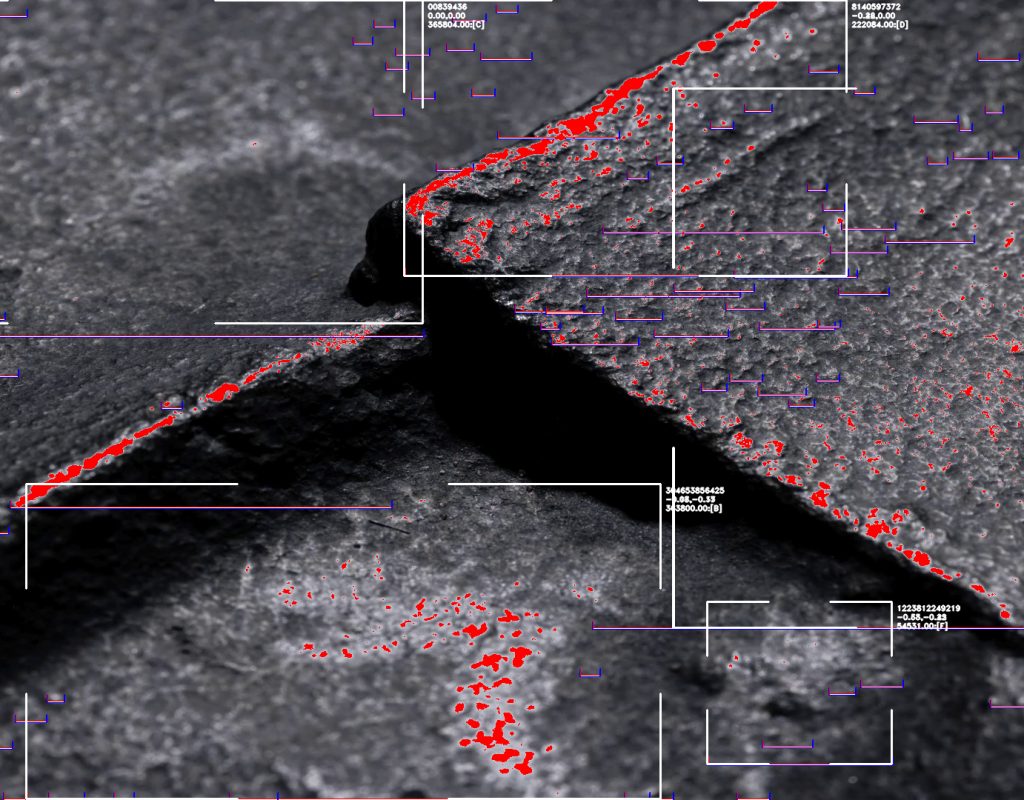
Desminar
Curator
Credits
DETALLES DEL PROYECTO
The metal plates that make up Fragmentos, Espacio de arte y memoria (Fragments, Space of Art and Memory), created in 2017 by the artist Doris Salcedo in the city of Bogotá, are for Candiani an allegory of the countryside after the battle, its pavement of reconfigured violence keeps the remains of the war and collects the wounds of more than 50 years of abuse and pain, the same as the floor of the Plaza de las Tres Culturas in Tlatelolco, Mexico City, which keeps the traces not only of the massacre of students on October 3, but also those of the destruction of ancestral culture after the Colony.
Desminar records and projects the annihilating matter of the Fragments floor and the different coverings of the Plaza de las tres culturas as they are “read” and “interpreted” by an artificial intelligence program. The piece translates that geography in an unconventional way, understanding them as cartography and reading them as if they were a territory.
Desminar is a project that seeks to transform the viewer’s experience by focusing attention on the sound and amplified image that emanate from the floor. The installation contemplates the activation of a device that, like a deminer – which tracks the explosives left in the territory after wars – evokes the immaterial dimension of violence through sound.
The work is a polyphonic lament, a generative composition that translates in real time the grooves and incisions of the floors of Fragmentos and the archival records of the Plaza de las Tres Culturas.
The piece was organized by the Ministry of Cultures, Arts and Knowledge, the National Museum of Colombia, Fragments, Espacio de Arte y Memoria, ARTBO – Chamber of Commerce of Bogotá and the Heritage Directorate of the National University of Colombia.
Notes on slab writing by Tania Candiani
“For human beings who have lost all sense of naturalness, every gesture becomes a destiny.” And as gestures lose their looseness under the action of invisible powers, life becomes more indecipherable.”
Giorgio Agamben
The era that has lost its gestures is, therefore, obsessed with them. The work of artist Tania Candiani is made up of gestures that trace clustered lines of different languages, codes and writing systems. The willingness to unravel masses of signs and functions, analog and electronic, seems to have no other purpose than to reverberate bits in old machines, such as the perforated cylinder of a music box or a mine detector converted into a video camera and recorder sound. But this kind of recovery of practices that are about to disappear is the forensic crossroads of gestures such as knitting or producing sound, where transfers of functions, means and temporalities occur, typical of the reformulation of a humanist model to the logic of an alphanumeric model.
Candiani creates sculptural objects and performative activations of modified, almost surreal machines, which operate, almost, in the manner of the beautiful and surprising meeting of disparate elements, where a dissection table brings together a sewing machine and an umbrella. Only here nothing happens by chance. The use of algorithms and artificial intelligence highlights the gestural potential of these tools transformed into creatures that wish to emancipate themselves to act with a life of their own. However, in these machines or devices a kind of apprehended archaeological gesture is produced, as if Candiani wanted to teach us to walk again with the movement studies of photographer Eadweard Muybridge. Or to dance following the steps outlined in Merce Cunningham’s choreographic schemes.
The artist disrupts and contaminates the inherent properties of mathematical logic, in its immense capacity to process information about objective reality through points and intervals, with the purpose of representing “other data.” I am referring to that uncomfortable and unglamorous “other data” of reality that journalism usually exhibits as porn or ecomisery and that art tries to incorporate, sometimes as a dance of somatic steps and other times as a minuet. Added to this panorama is Candiani’s resistance to accepting the clean and simple rules of minimalist design used in the technological gadgets of the present, which she replaces with others that are out of use, perhaps with a design opposed to the principle of less is more, but always from the implementation of functions foreign to them. Its parasitic methodology affirms the useful potential of the useless by putting gesture over image, history over function and, therefore, always refers us to a political intention.
The video La maringuilla focuses on a folkloric dance, the dance of the negritos, where several tempos merge. The image is unraveled to place the gesture in a position comparable to the study of a movement: a dancer dressed in feminine clothing with a veiled face spins to the beat of ritual music, carrying a snake-shaped staff. Other phantasmatic images of the same act are superimposed on this image, where the gender of the protagonist is undone to show the hypnotic properties of movement modulated by sound. The image ceases to be an image to become a movement-image, revoking the distinction between the image as a psychic reality and movement as a physical reality. The same happens in Manifestantes (2019), a series of sewn and embroidered portraits that represent female activists in protest postures, based on photographs of participants in feminist demonstrations in different places around the world. Agamben maintains: “if dance is a gesture, it is precisely because it consists of nothing other than supporting and exhibiting the media character of bodily movements. The gesture is the exhibition of a mediality, making a medium visible as such.”
The objects and machines reprogrammed (not assisted) by Candiani, such as the deminer, the looms, the player pianos and the trumpets-horns, etc., transmit data of dead rivers, of the disappearance of popular rites, of gender violence, of the worldview of indigenous peoples suppressed by colonizing agents and of tragedies that exceed the limits of our own species. But Candiani’s early approach to language and the schizoid relationship of information systems with reality arose from her affinity with the theoretical processes of literary fiction. She developed installations that recorded, rescued or processed spurious forms of collective writing and communication such as proverbs, graffiti, original myths transmitted through oral tradition, radio soap operas, to
then move on to observing the evolution of cycles linked to the elements of nature, particularly water. This is the turning point where the artist began to develop her ideas following the methodology of field research projects, expanding the workshop work. She turned her interest to the aesthetic, ethical and ritual potential of the sonic plot of a situation or story, as well as to exploring the mnemonic capacity and social history of textiles, both in their artisanal and industrial aspects.
In a line that encompasses the time jumps between the industrial revolution and the digital revolution, Candiani has detected the immanent qualities and the affective, political and anarchic potential of sound. It is in this operational axis where collective dissidence and the epiphenomenon of violence become relevant.
But Candiani’s work has been decanted and she does not distinguish categorical boundaries in art nor does she adhere to disciplines created around the rational model of the Enlightenment. Its interdisciplinary approach is often linked by criticism to the investigation of theorems or the addressing of theoretical disquisitions within science. However, its course, although abstract, is always communicative, and I would dare to say that it is formulated in clear disregard for the chronophagy that cybercapitalism dictates, for the vertigo of both social and labor relations of our era. Her creative freedom, in times of an unexpected anthropomorphic return of private rockets launched into space to conquer exoplanets, reconnects the public with the materiality of information chaos without resisting the attacks and destructive forces of its maelstrom. Candiani is an artist who is not afraid to address these areas of light and shadow in her work.
There are two decades of artistic practice, whose first steps overlap with the moment of mass dissemination of the Internet. Candiani shows an important feminist substratum in a series of foundational installations and sculptures dedicated to themes such as family, the State and religion. These three entities form an essential part of the radius of action that occupied the feminist movements from suffragism to the second wave, with the aim of eroding the pyramidal structure of patriarchal power. Candiani’s early works detected the return of political conservatism and magical thinking after the end of the Cold War. Both phenomena, typical of post-industrial capitalist society, continue to modulate much of the discrepancies and general clamor of social movements that object to the economic iniquities of the present.
Starting in 2007, this feminist orientation blurred to become an integral part of a machinery conceived from more abstract, opaque and intricate research processes, although no less committed, where constructions on sexuality and gender make up a subjective fabric that the artist recognizes as vulnerable, delicate and no stranger to the lurking mechanisms of social control of both the State and corporations. Likewise, Candiani seems to recognize from the moment of the formulation of her pieces that subjectivity is never shielded from the dangers of the dogmatic action of the consumer imaginary and the dependence on affective technologies. On the other hand, the desire for opacity of her creative work seems to adhere to the inalienable principle of an acquired right, strategically and punctually exercised by those who declare themselves opposed to the mere production of images. Her gestures are the death rattles of the last stretch of modernity, whose dissection shows an “inverted anthropomorphism” where humans share emotions with the other kingdoms: animal, vegetable and mineral.
CODA
“I am talking about stones that do not even have to wait for death and that only have to allow the downpour or the surf, the storm, the time to slide on their sandy surface.”
Roger Caillois
Desminar records and projects the annihilating matter of the floor of Fragmentos: Espacio de Arte y Memoria and the different coverings that make up the floor of the Plaza de las Tres Culturas in Tlatelolco, as “read” and “interpreted” by an intelligence program artificial. Curiously, the data processing operation from cast weapon plates and three types of stones that has occurred in Bogotá and México decomposes their stable form to return them to a constitutive state of fusion: at the moment of the forge, where the effervescence and the ruptures of this superhuman metallurgy reach a nebulous calm in the transformation of weapons of war into the topography of violence. Only that which has not stopped hurting remains in memory. This return to the original state of elements that keep a silent memory of human life also shows the brightness and shadows of the temporal chain.
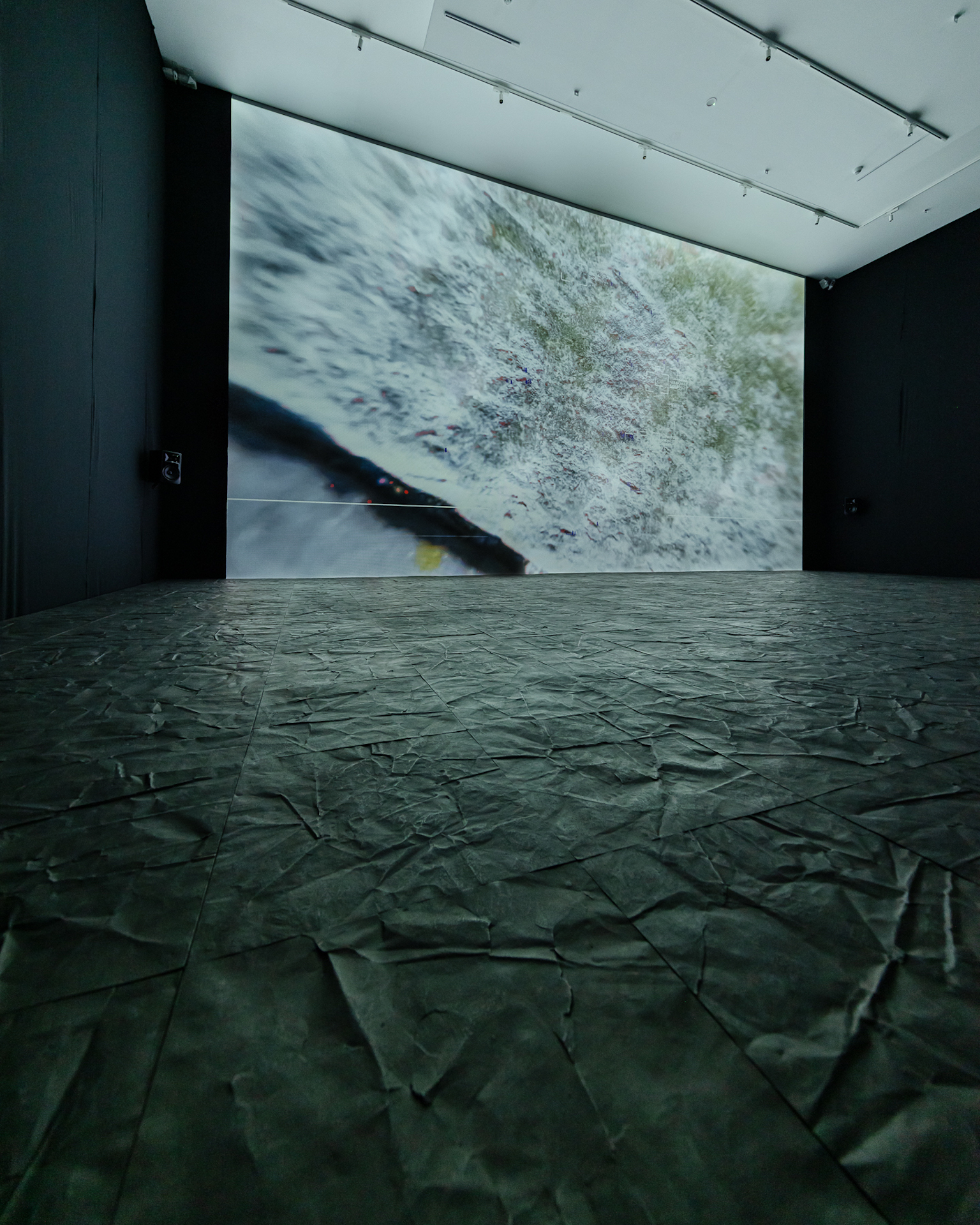
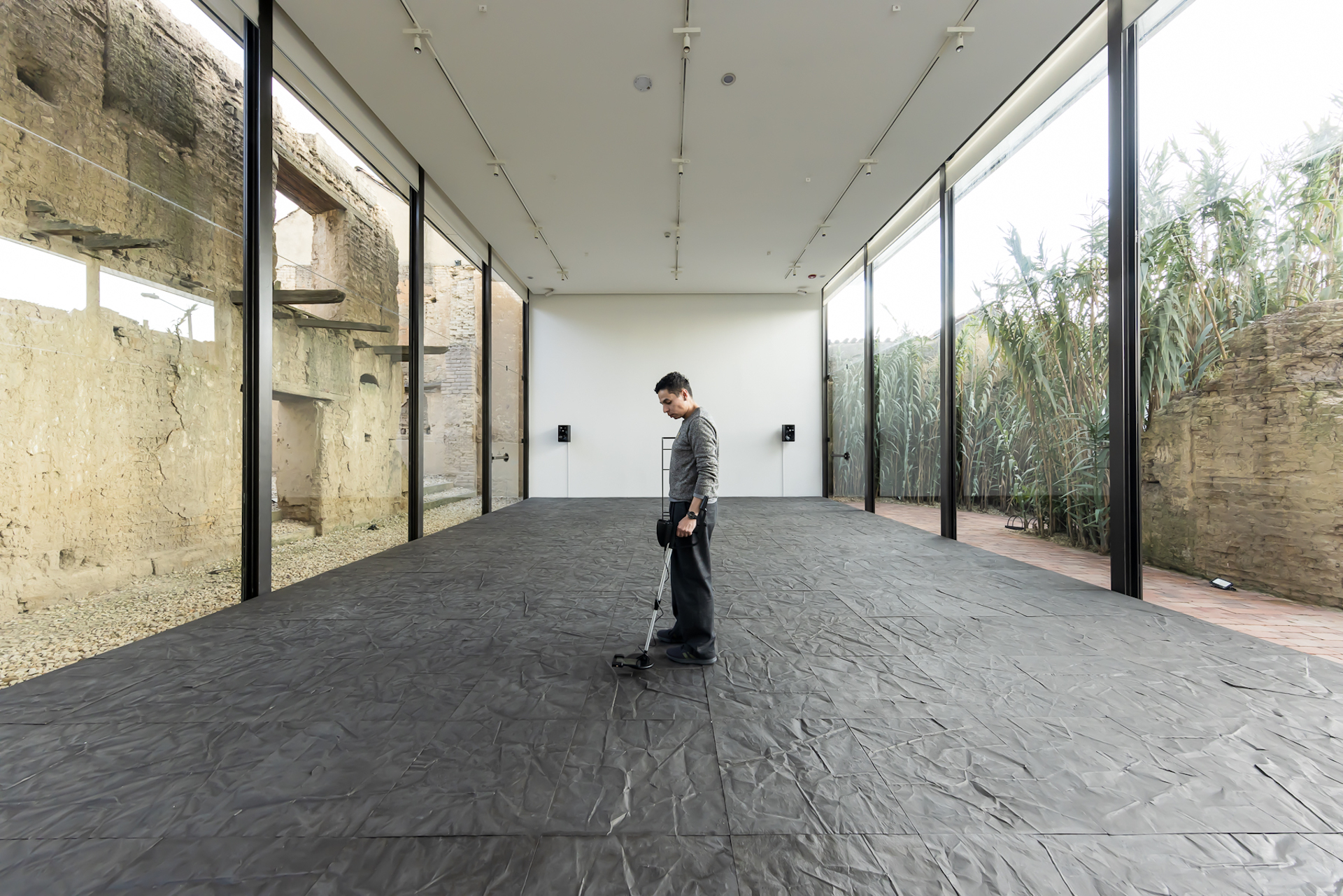
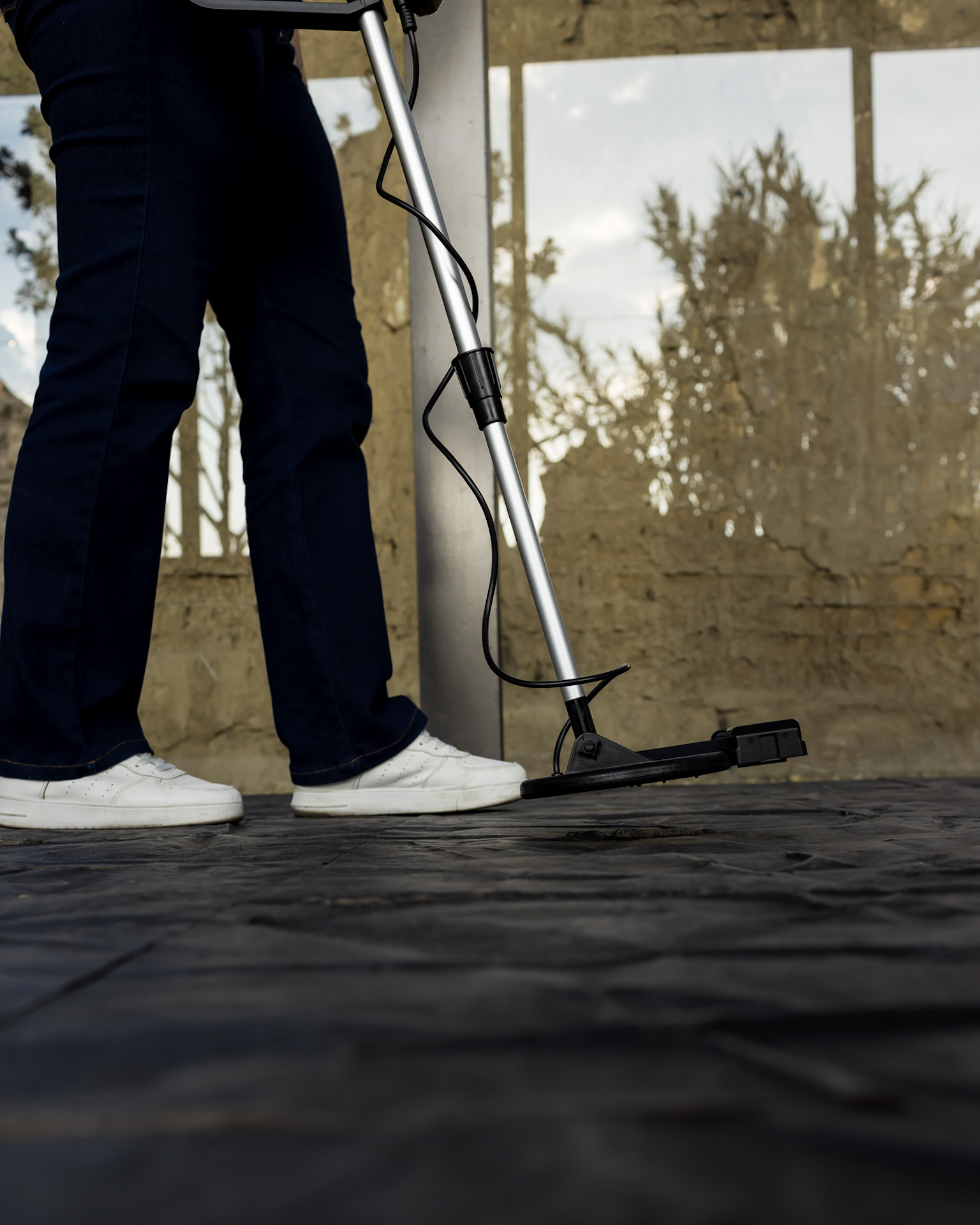
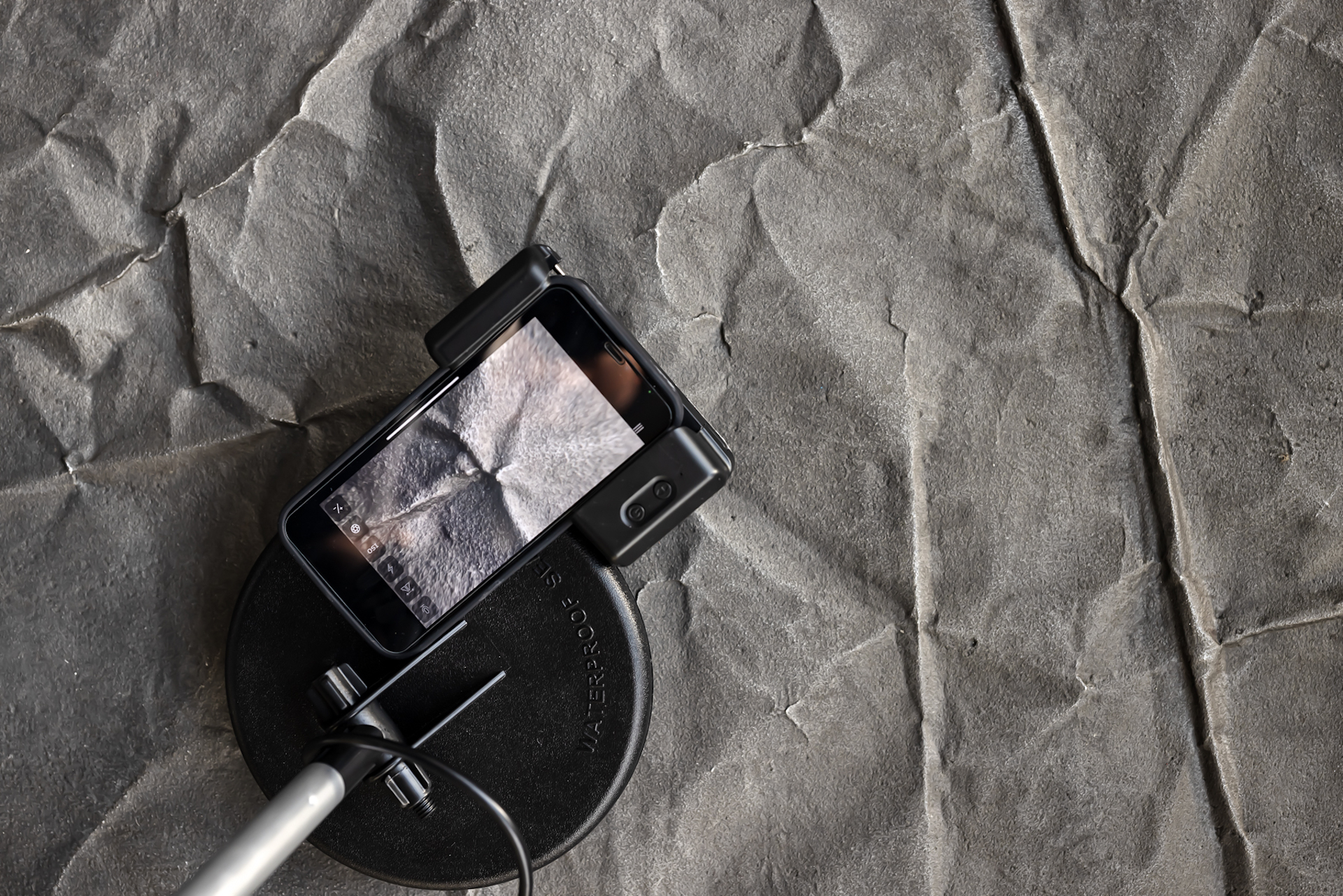
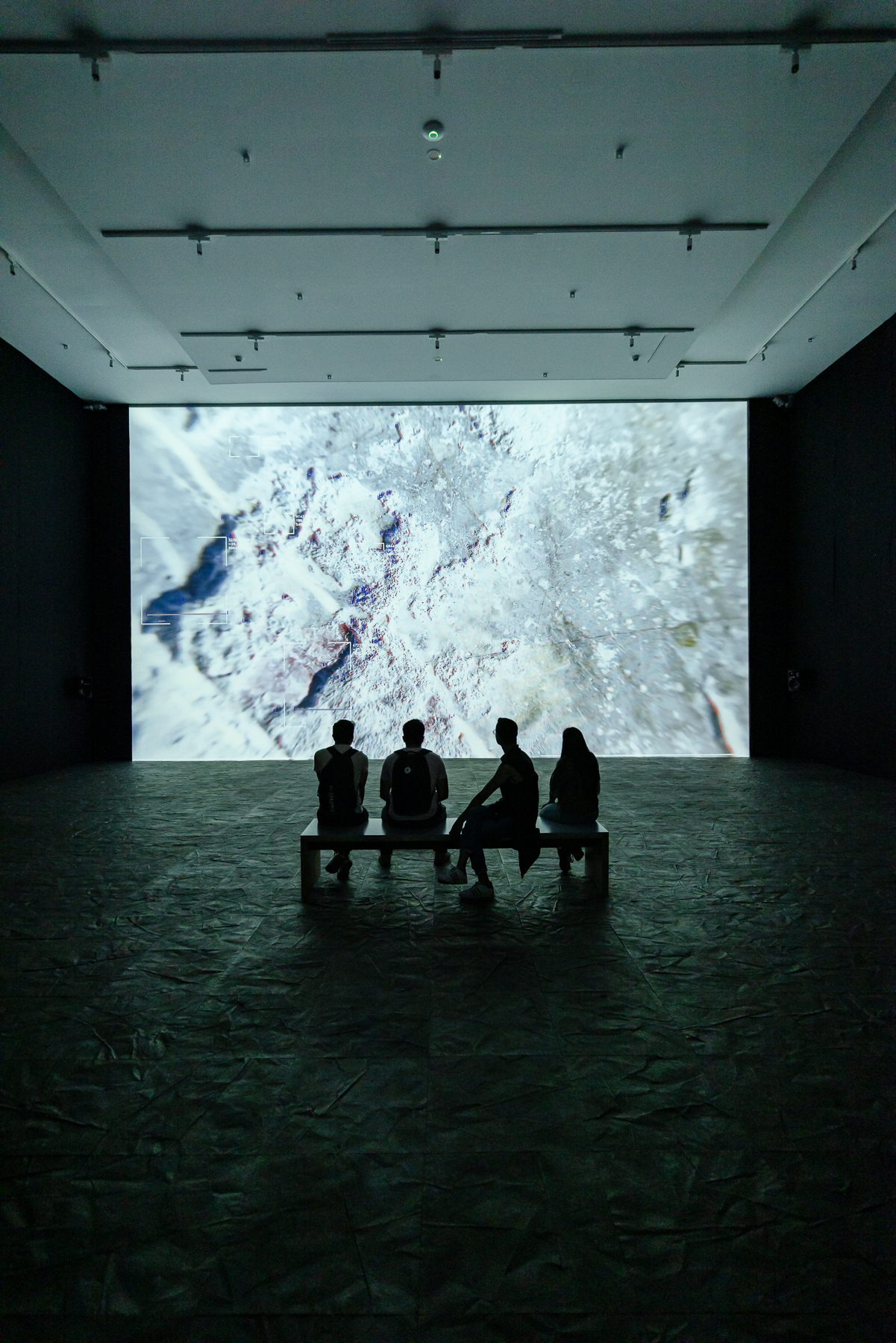
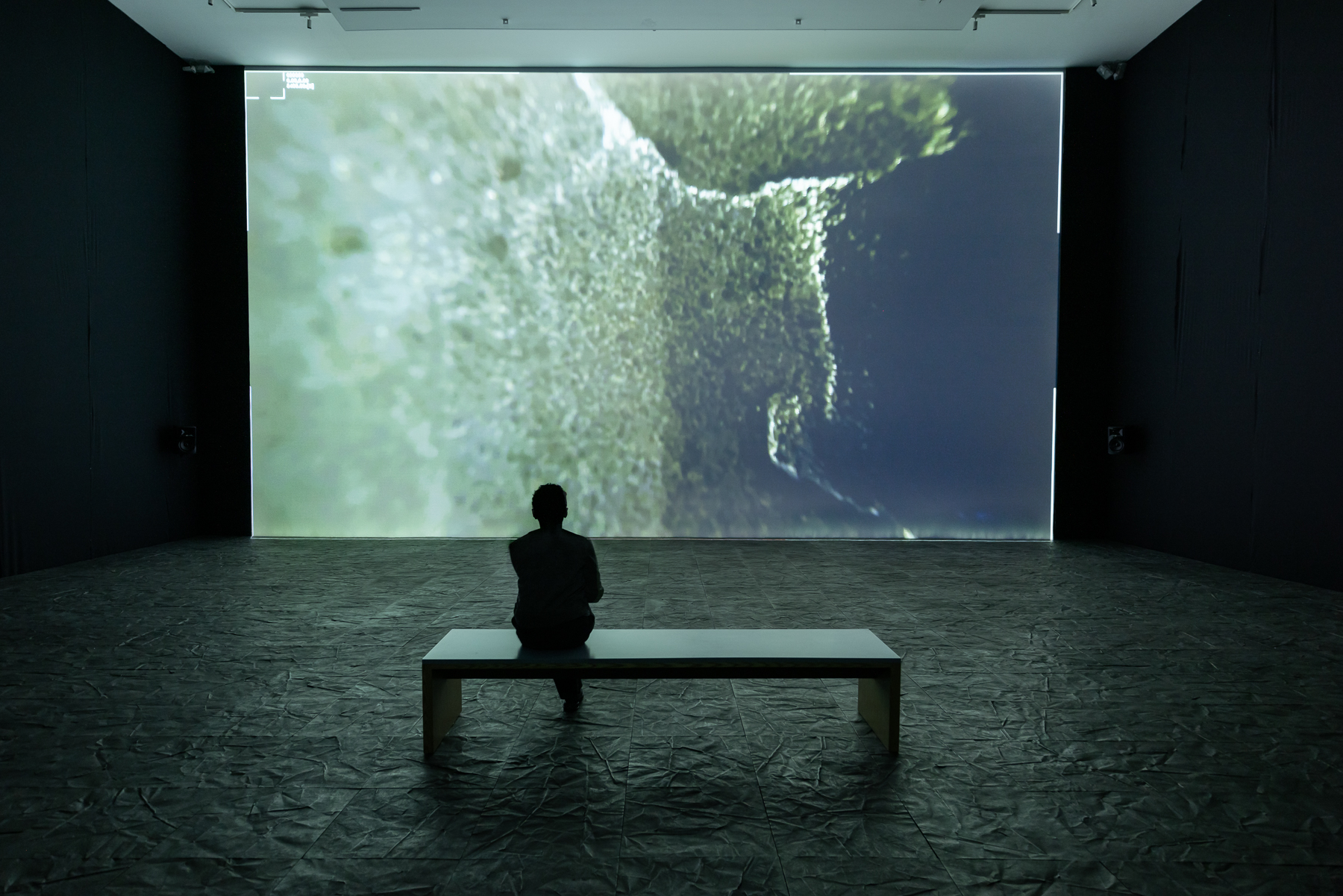
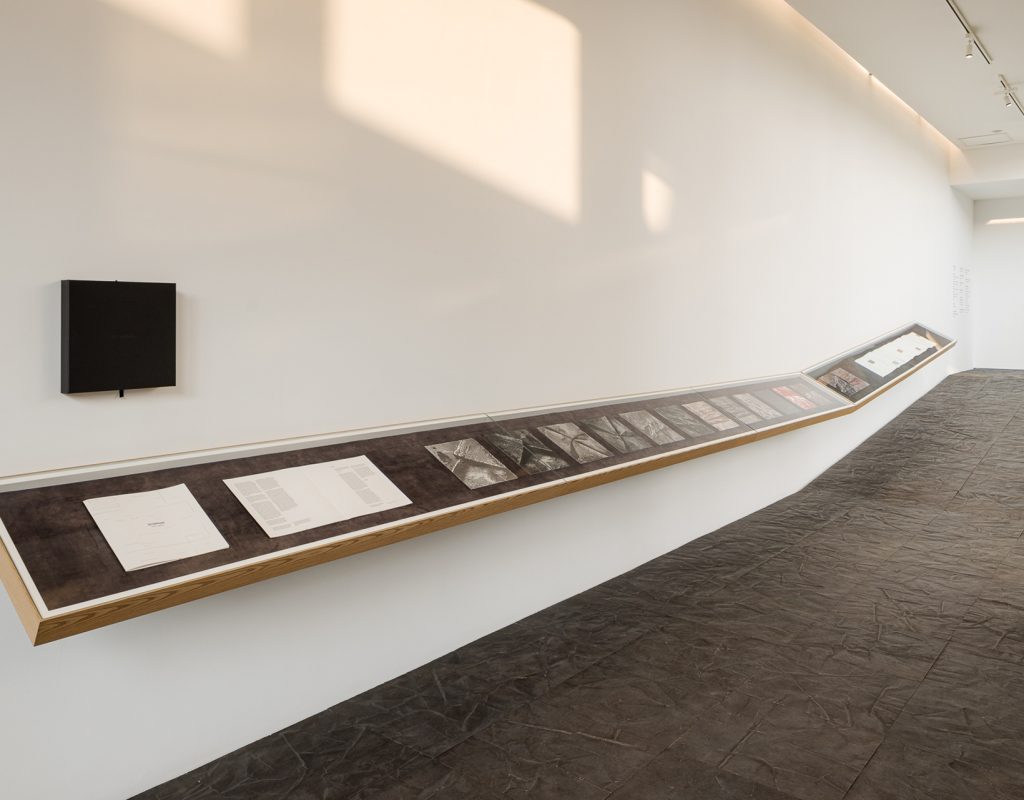
Caja Fragmentos
DETALLES DEL PROYECTO
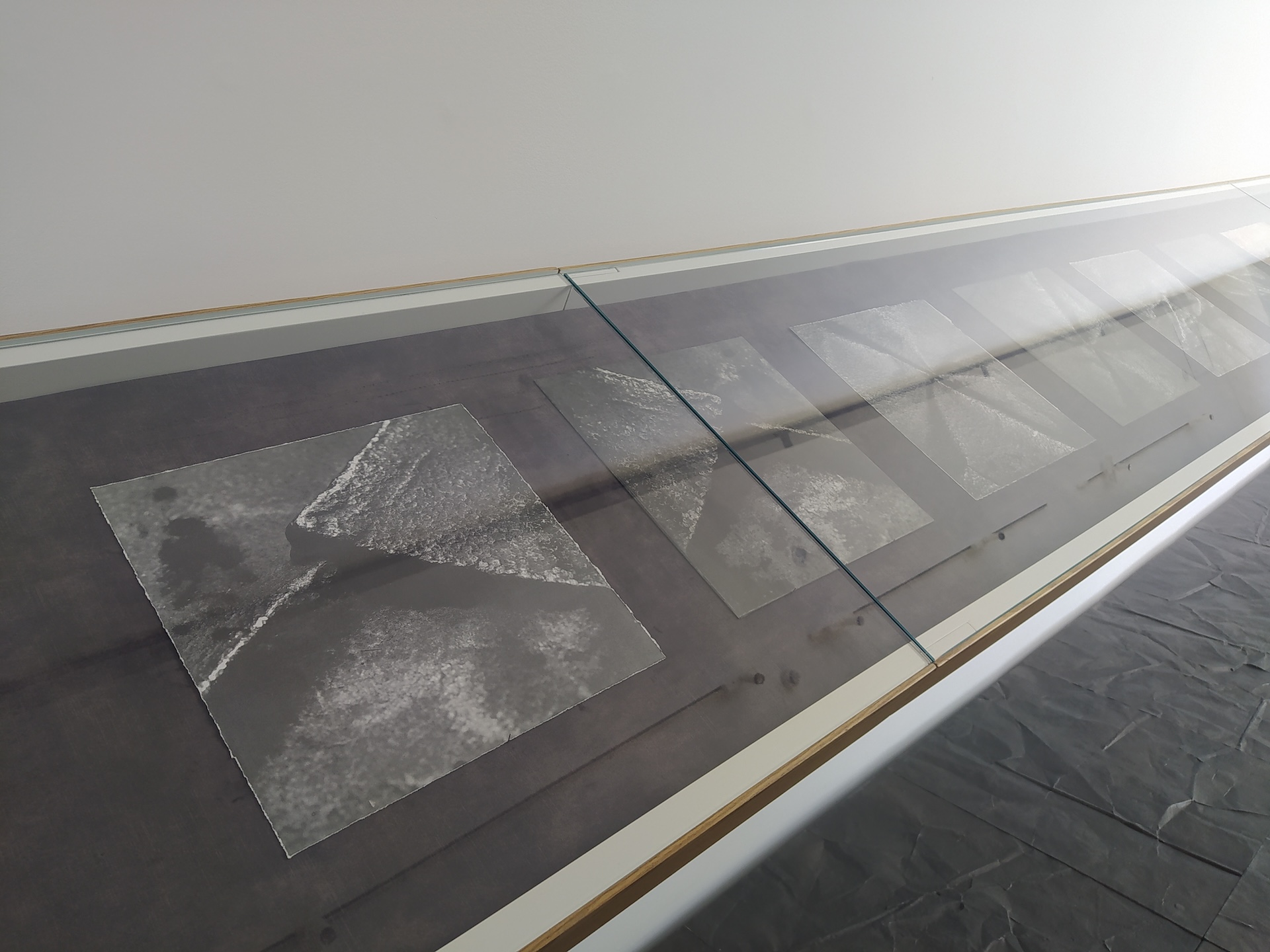
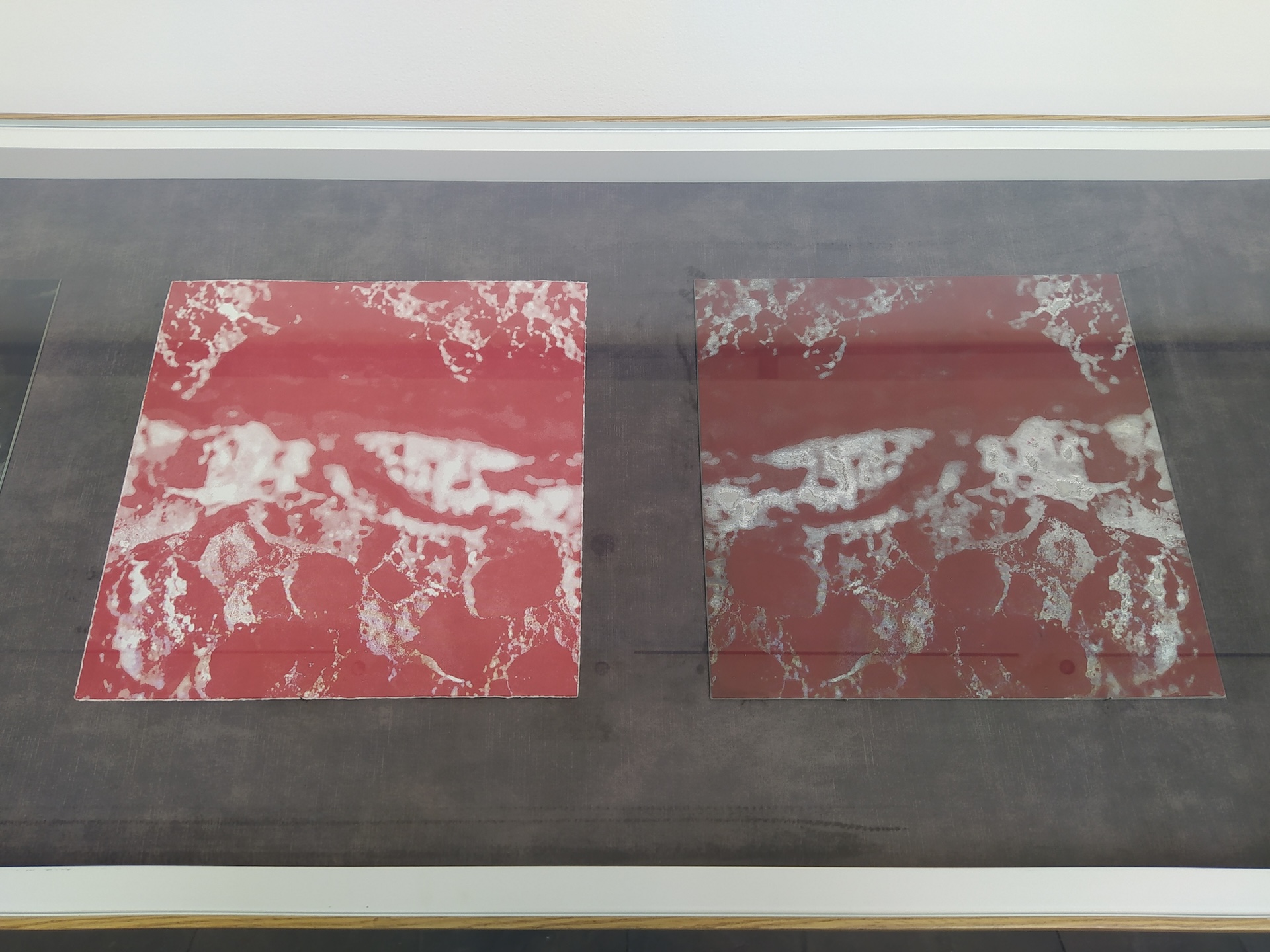
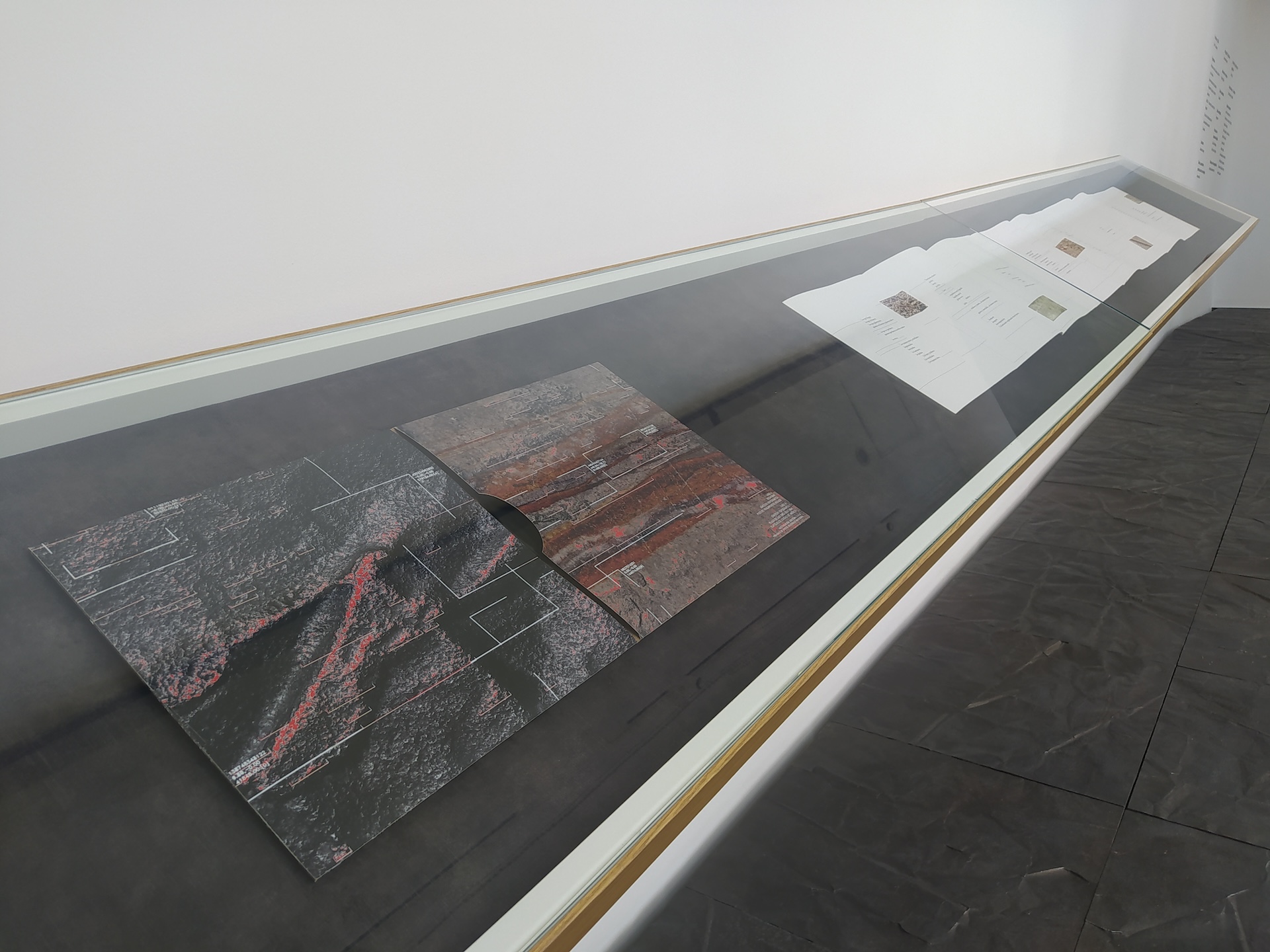
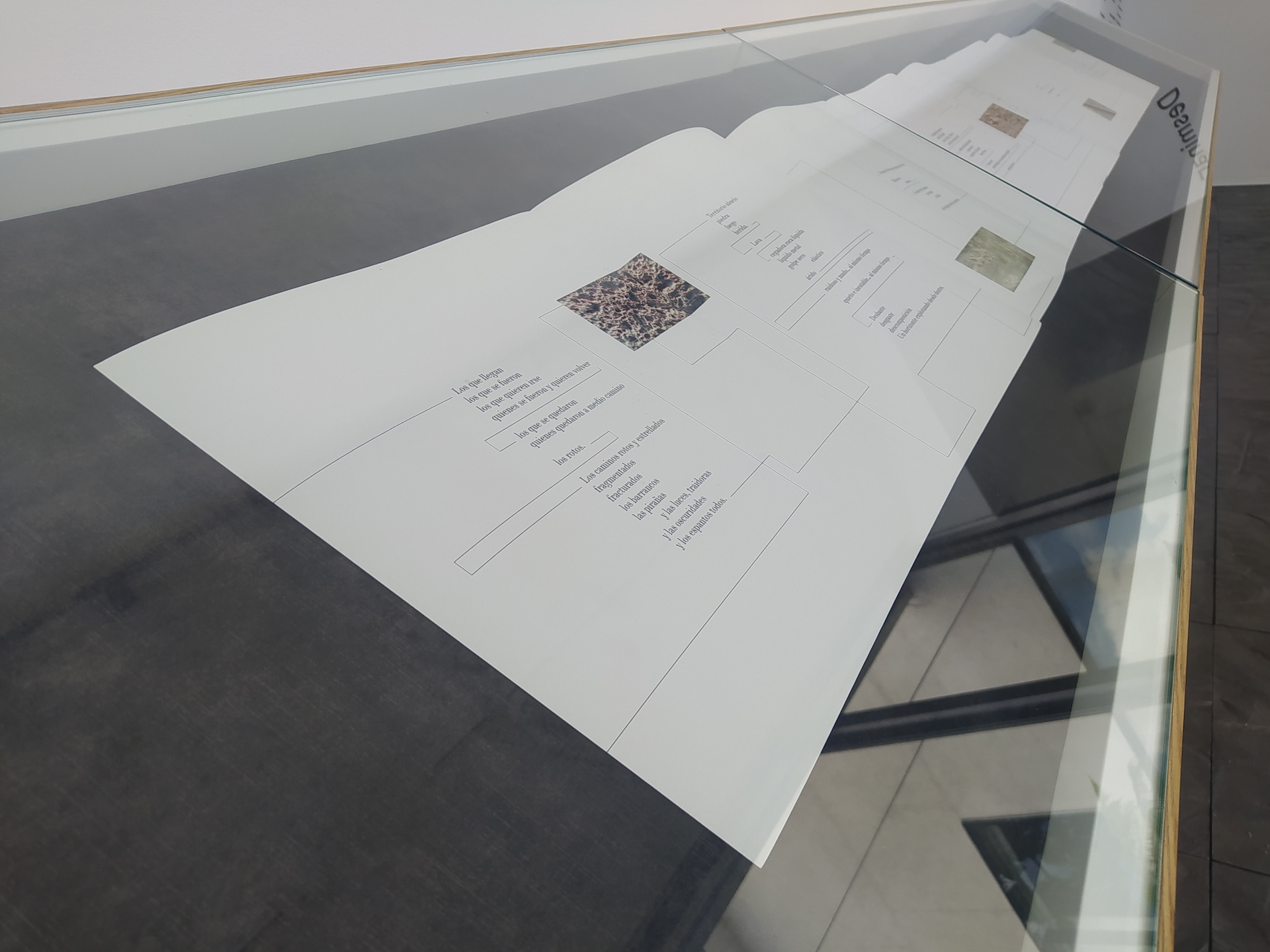
DETALLES DEL PROYECTO

DETALLES DEL PROYECTO
DETALLES DEL PROYECTO
DETALLES DEL PROYECTO
DETALLES DEL PROYECTO